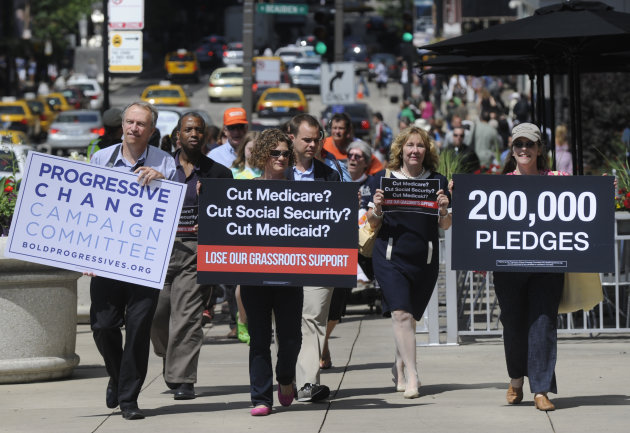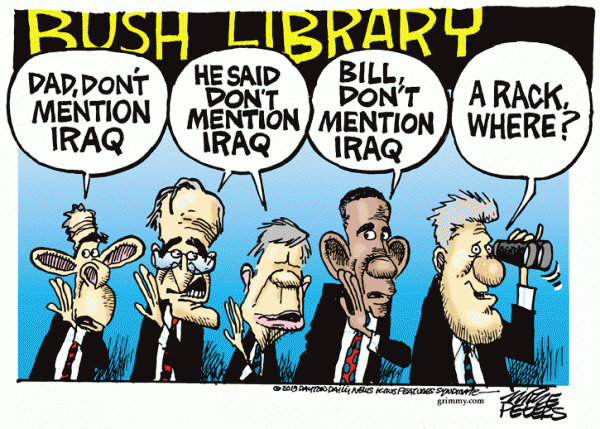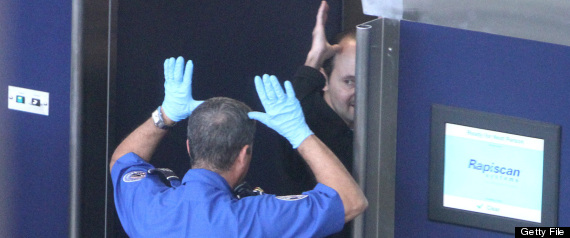
Built to dominate the enemy in combat, the Army’s hulking Abrams tank is proving equally hard to beat in a budget battle.
Lawmakers from both parties have devoted nearly half a billion dollars in taxpayer money over the past two years to build improved versions of the 70-ton Abrams.
But senior Army officials have said repeatedly, “No thanks.”
It’s the inverse of the federal budget world these days, in which automatic spending cuts are leaving sought-after pet programs struggling or unpaid altogether. Republicans and Democrats for years have fought so bitterly that lawmaking in Washington ground to a near-halt.
Yet in the case of the Abrams tank, there’s a bipartisan push to spend an extra $436 million on a weapon the experts explicitly say is not needed.
“If we had our choice, we would use that money in a different way,” Gen. Ray Odierno, the Army’s chief of staff, told The Associated Press this past week.
Why are the tank dollars still flowing? Politics.
Keeping the Abrams production line rolling protects businesses and good paying jobs in congressional districts where the tank’s many suppliers are located.
If there’s a home of the Abrams, it’s politically important Ohio. The nation’s only tank plant is in Lima. So it’s no coincidence that the champions for more tanks are Rep. Jim Jordan and Sen. Rob Portman, two of Capitol’s Hill most prominent deficit hawks, as well as Democratic Sen. Sherrod Brown. They said their support is rooted in protecting national security, not in pork-barrel politics.
“The one area where we are supposed to spend taxpayer money is in defense of the country,” said Jordan, whose district in the northwest part of the state includes the tank plant.
The Abrams dilemma underscores the challenge that Defense Secretary Chuck Hagel faces as he seeks to purge programs that the military considers unnecessary or too expensive in order to ensure there’s enough money for essential operations, training and equipment.
Hagel, a former Republican senator from Nebraska, faces a daunting task in persuading members of Congress to eliminate or scale back projects favored by constituents.
Federal budgets are always peppered with money for pet projects. What sets the Abrams example apart is the certainty of the Army’s position.

—-
Well it seems that both the Republicans and Democrats still have their stake in the Military Industrial Complex. Click below for the full article.
http://www.newsday.com/news/nation/army-says-no-to-more-tanks-but-congress-insists-1.5155180









